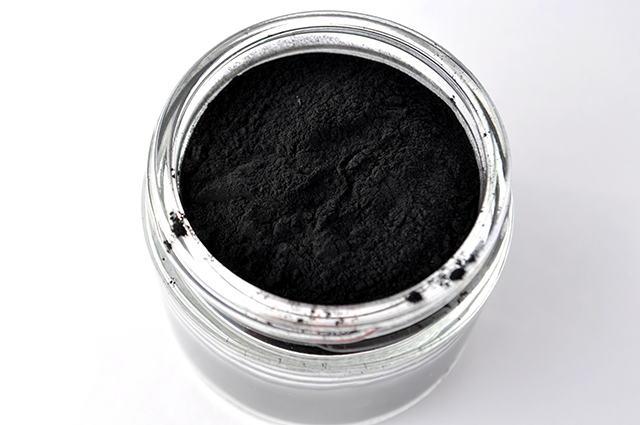Antioxidant-rich papaya helps reduce brain damage caused by heavy metal exposure
09/24/2018 / By Rhonda Johansson

Scientists warn that cadmium poisoning is an underreported and little-known global health problem, causing a massive number of deaths annually and contributing to a lot of illnesses, not the least of which is cancer. The long-term exposure to the heavy metal has been documented to dramatically increase one’s risk of various skeletal, reproductive, cardiovascular, and urinary conditions. Of note is cadmium’s ability to damage the brain by increasing the amount of oxidative stress found in the nervous system. Patients with a cadmium toxicity are noted to have a higher likelihood of developing neurodegenerative diseases.
This is a serious threat to human life, but one that can be prevented and even reversed using food.
A recent study published in the European Journal of Medicinal Plants concluded that papaya extract can prevent cadmium-induced brain damage. The authors behind the study found that papayas do this through three mechanisms:
- By reducing the amount of malondialdehyde (MDA) in the body. MDA is a naturally-occurring compound that serves as a marker for oxidative stress;
- By increasing the concentration of various compounds related to detoxification; and
- By augmenting the number of antioxidants in the body. This serves to strengthen the immune system while the body is detoxifying itself.
For the purposes of this study, 30 male Wistar rats were randomly divided into six groups of five animals each. All groups were treated intraperitoneally with a single dose of 3.5 mg/kg body weight of cadmium sulfate. Two of the six groups were treated with high and low doses of papaya extract at 250 mg/kg and 400 mg/kg body weight respectively for four weeks. The groups that received either dose of papaya extract showed a significant reduction of neurotoxicity risk. It was concluded that papaya could be used as a safe and effective alternative treatment for brain damage caused by cadmium exposure.
Cadmium exposure is linked to various diseases
Even low levels of cadmium exposure can cause several adverse health effects. Those who are chronically exposed to the heavy metal (including heavy smokers) are found to be at greater risk of the following conditions:
- Respiratory failure — Most studies on cadmium exposure talk about its link to an increased risk for chronic obstructive lung disease and emphysema. Chronic cadmium inhalation is also suspected to be a probable cause of lung cancer.
- Cardiovascular issues — Cadmium exposure can increase one’s systolic blood pressure. People regularly exposed to the substance are also noted to have an increased risk of retaining sodium and water in their bodies.
- Renal disease — The kidney is the principal organ targeted by the chronic exposure to cadmium. What is scary is that several studies have shown that it can take an average of 10 years before there is a clinical onset of renal damage, depending on the intensity of exposure. Still, small amounts of cadmium exposure can make subtle (but damaging) changes to one’s renal function.
- Skeletal problems — Excessive cadmium exposure is believed to a secondary cause of an impaired calcium metabolism, a symptom of cadmium-induced renal damage.
Cadmium is a heavy metal and exists considerably in the environment. It was used in the production of older batteries, as a pigment in paint production, and in the electroplating and production of polyvinyl chloride plastic. It has been found that cadmium may likewise be found in some food items, as a result of poor agricultural practices and bad marketing methods. (Related: Cadmium poisoning signs and symptoms: Are you being poisoned by this heavy metal?)
To learn more about the dangers of cadmium, visit HeavyMetals.news today.
Sources include:
Tagged Under: brain damage, brain health, cadmium, cadmium poisoning, cadmium toxicity, cadmium-induced brain damage, cancer, food cures, fruits, mental health, Papaya


















